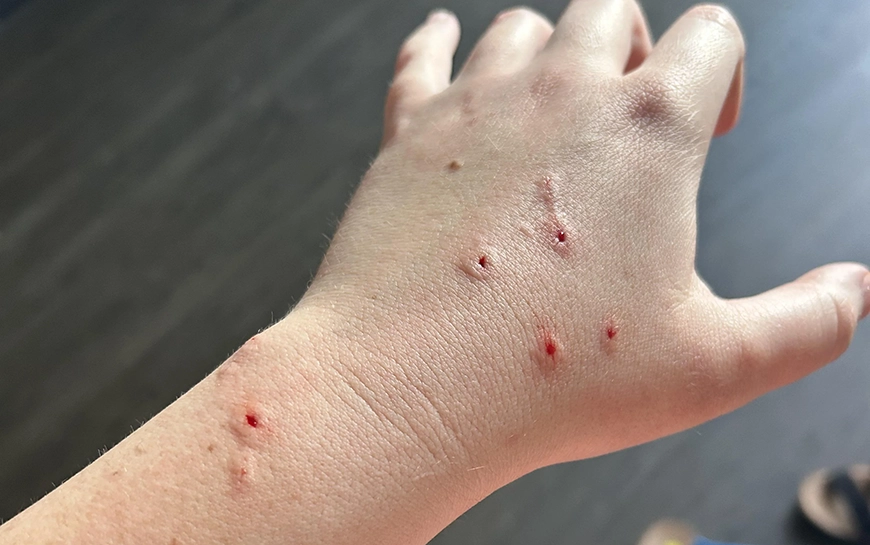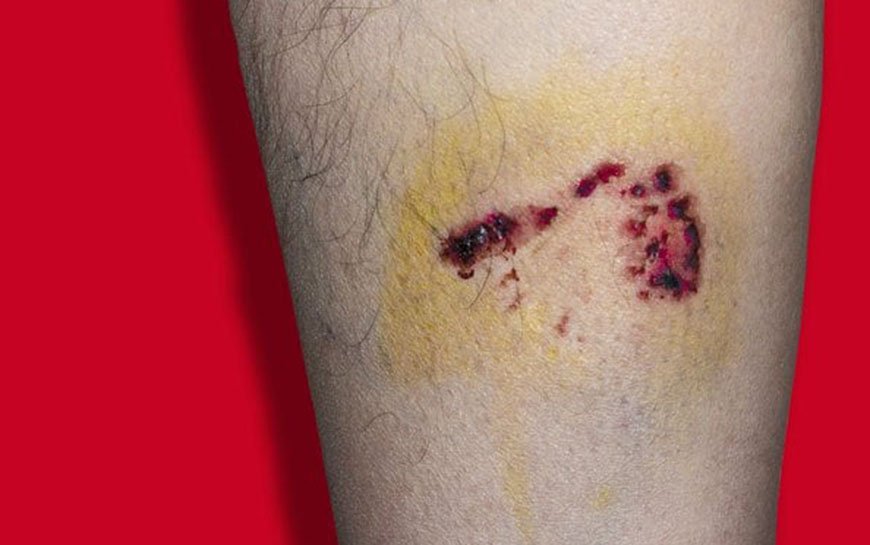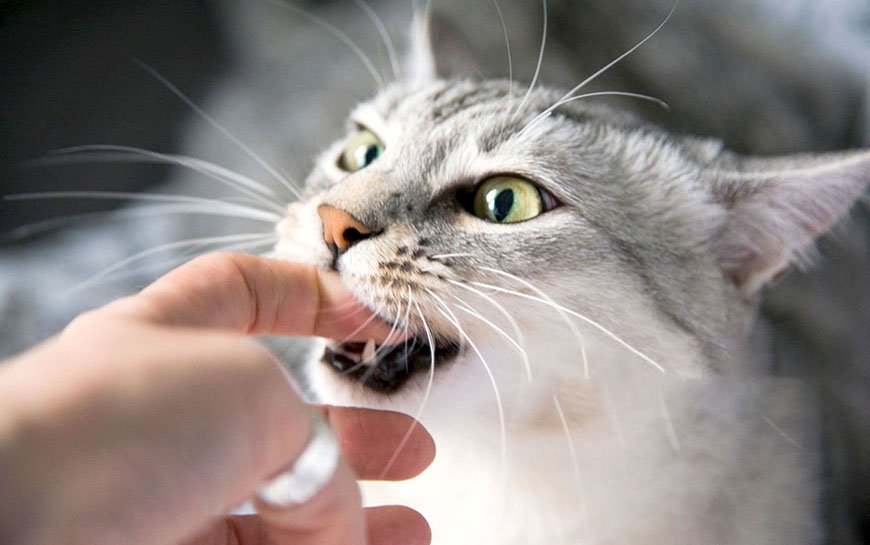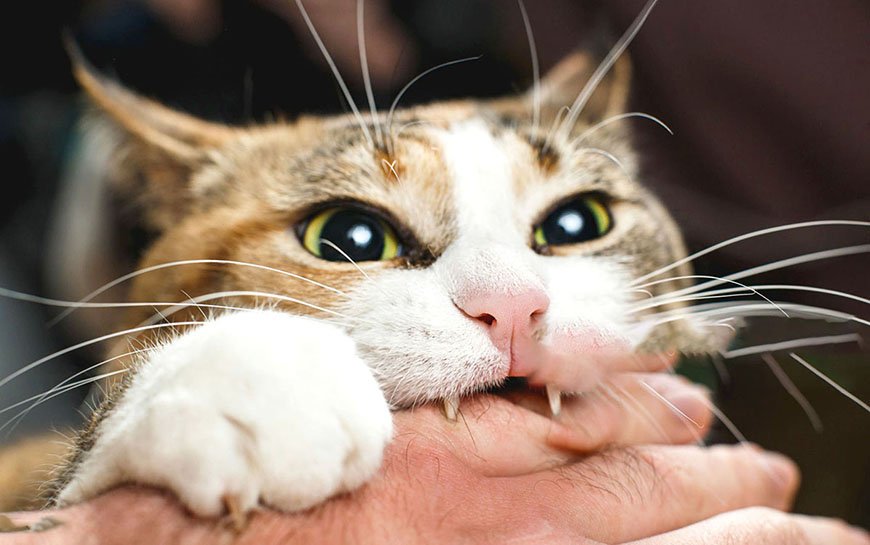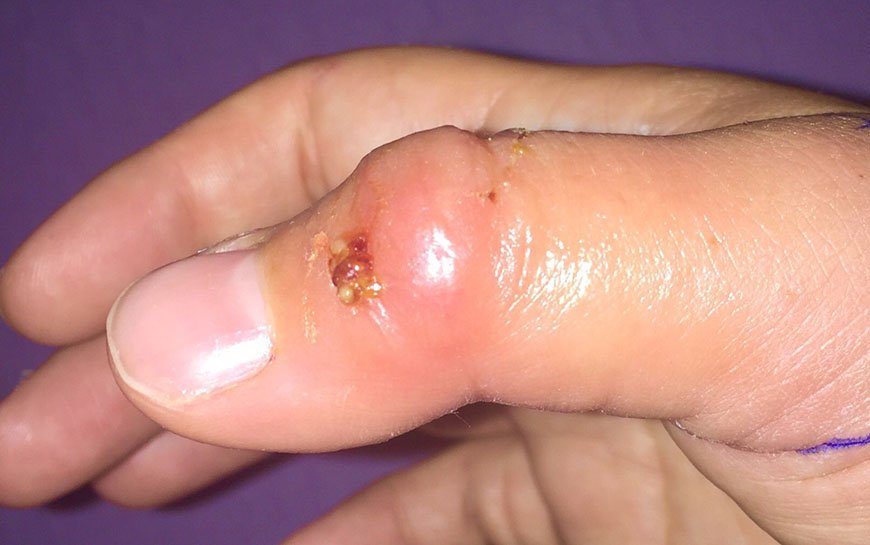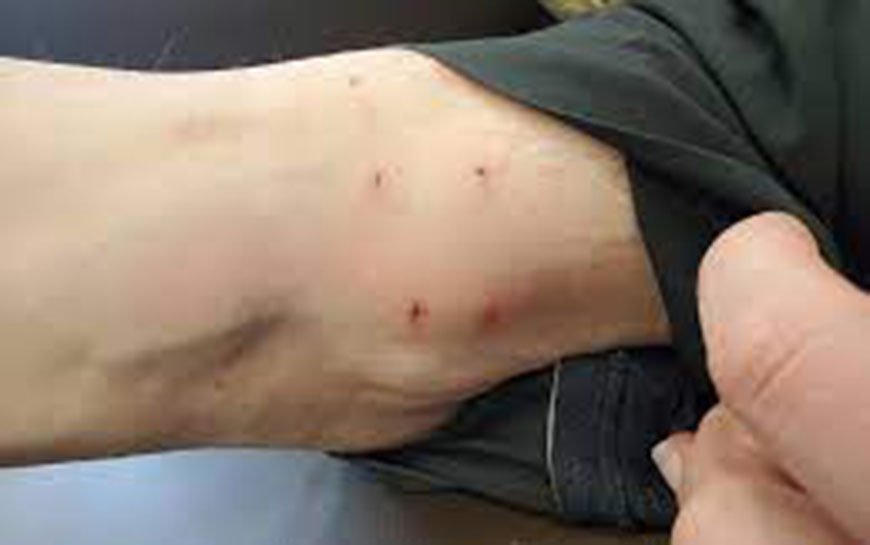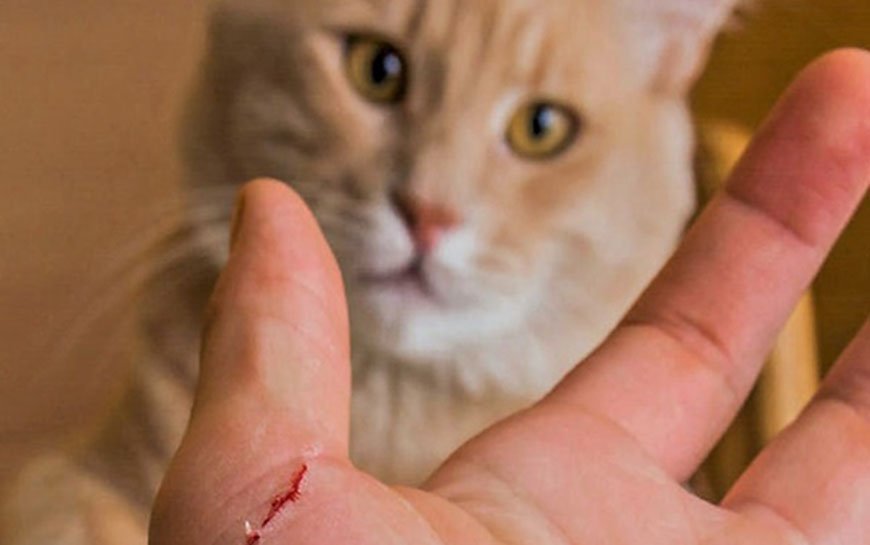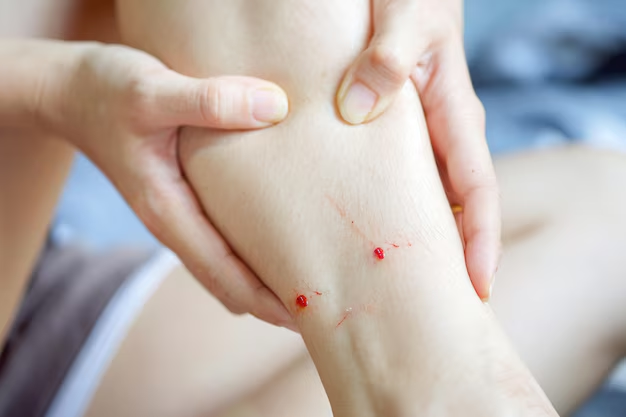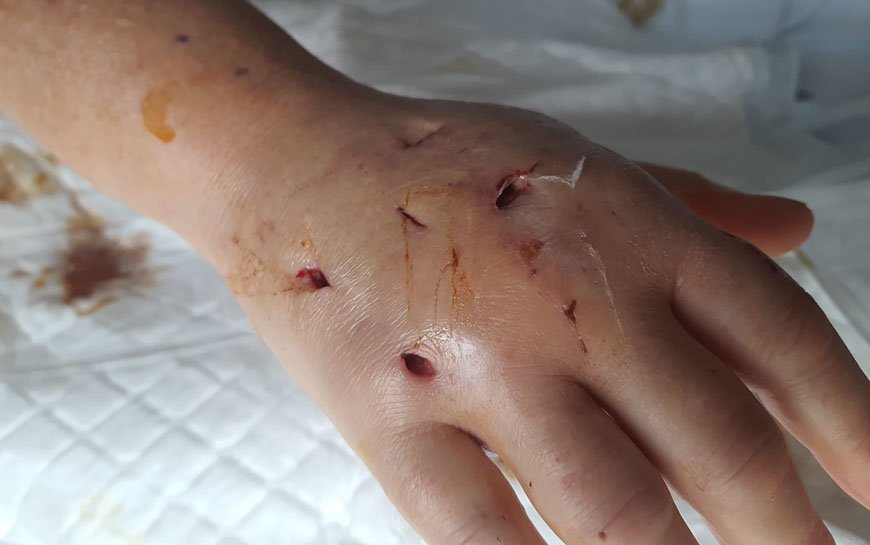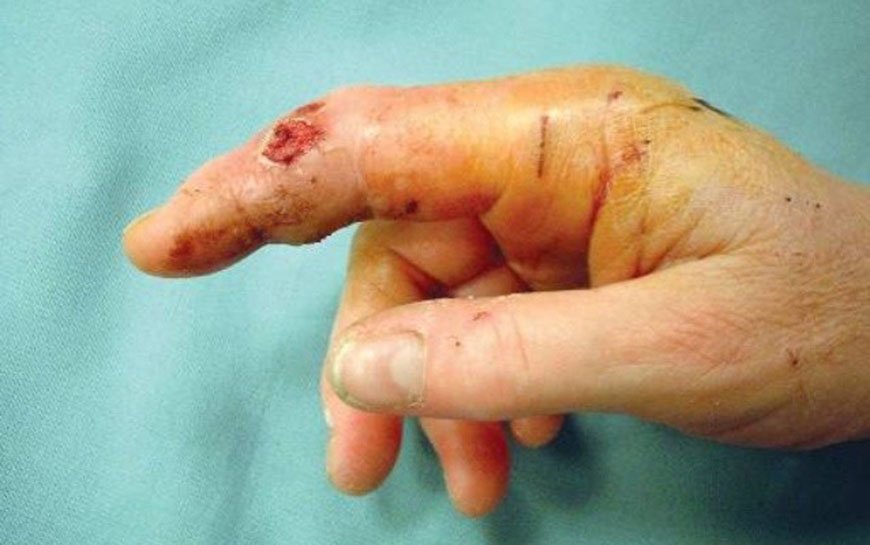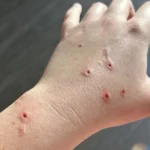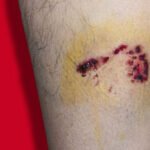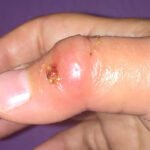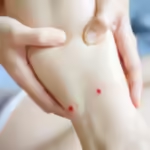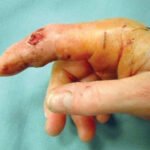Introduction: Why Cat Bites Can Be Dangerous
Cat bites may seem less alarming than dog bites, but they can pose significant risks, especially when it comes to infection. Due to the structure of a cat’s teeth, which are small and needle-like, bacteria can easily be injected deep into the skin and tissues, increasing the chance of infection. According to veterinary advice, cat bites are more likely to lead to infection than dog bites, despite often appearing smaller and less severe. This article delves into the symptoms of cat bite infections, how long after a bite symptoms set in, treatment options including home care and medical intervention, and the risks associated with stray cats and deep bites to the hand or fingers. More here.
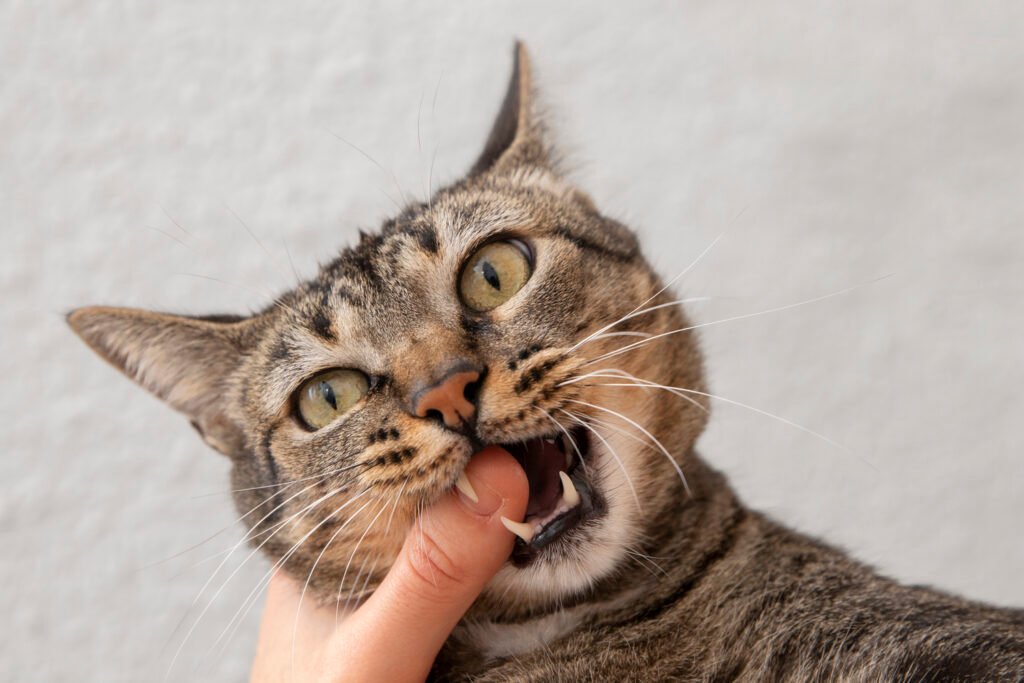
Contents of post
Symptoms of Cat Bite Infection: What to Look Out For
One of the most critical aspects of treating a cat bite is recognizing the cat bite infection symptoms early. If left untreated, even a minor bite can lead to complications. Common symptoms of an infection from a cat bite include:
- Redness and swelling around the bite area.
- Pain that worsens over time.
- Pus or discharge from the wound.
- Fever and general malaise.
- Swollen lymph nodes, especially around the neck or armpit if the bite occurred on the upper body.
Infection can set in quickly after a cat bite, often within 12 to 24 hours. If any of these symptoms develop, it’s crucial to seek medical attention.
How Long After a Cat Bite Does Infection Set In?
Many people wonder: how long after a cat bite does infection set in? Unlike some injuries where infection may take days, a cat bite can start showing signs of infection within a matter of hours. This is due to the deep penetration of bacteria into the skin, which allows them to multiply rapidly in the closed-off wound.
A veterinarian shared the insight that the small puncture wounds from a cat’s teeth heal quickly on the surface, often trapping bacteria inside. This leads to the formation of abscesses and cellulitis, a skin infection that can spread rapidly if not addressed.
Initial Cat Bite Treatment at Home: What to Do Right Away
If you or someone else is bitten by a cat, taking immediate steps can reduce the risk of infection. Here are the key actions for cat bite treatment at home:
- Wash the wound immediately with soap and water. Be thorough to ensure any surface bacteria are removed.
- Apply an antiseptic, like hydrogen peroxide or iodine, to kill bacteria around the area.
- Cover the wound with a clean bandage to prevent further contamination.
- Monitor the wound closely for signs of infection, such as redness, swelling, or discharge.
Home treatment is only advisable for minor bites. If the bite breaks the skin, and especially if it is deep, you’ll need to take additional measures and possibly seek professional care.
Cat Bite Treatment: When to Seek Medical Help
If you notice any symptoms of infection, such as fever or swelling, it’s essential to seek medical attention immediately. For more severe cases, such as bites from stray cats or deep punctures on sensitive areas like the hands or fingers, medical intervention is often necessary. Here’s what to expect:
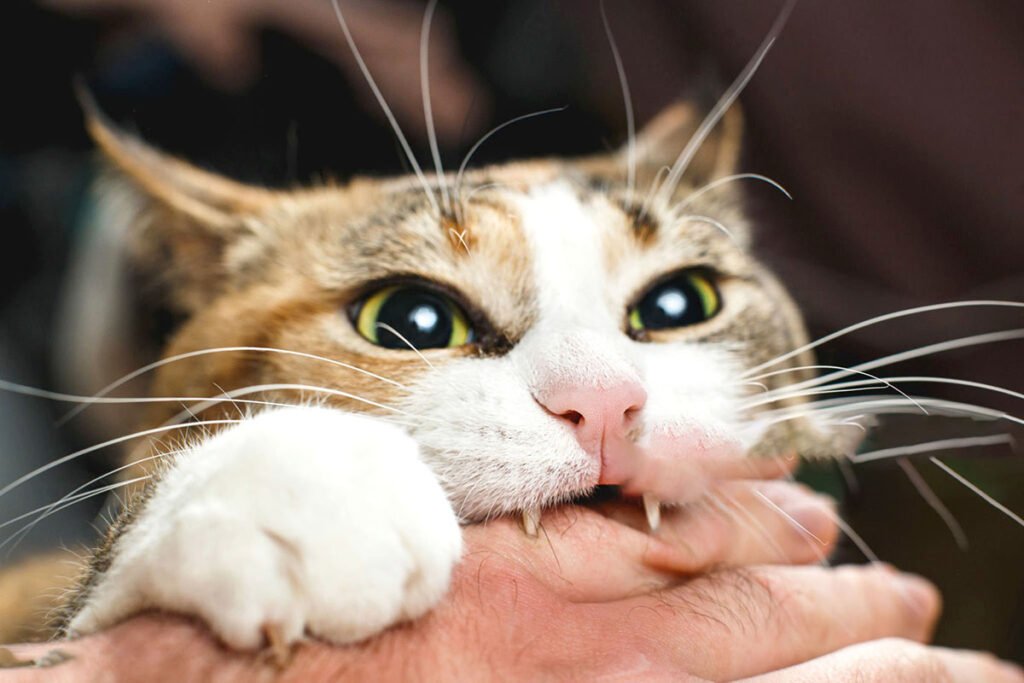
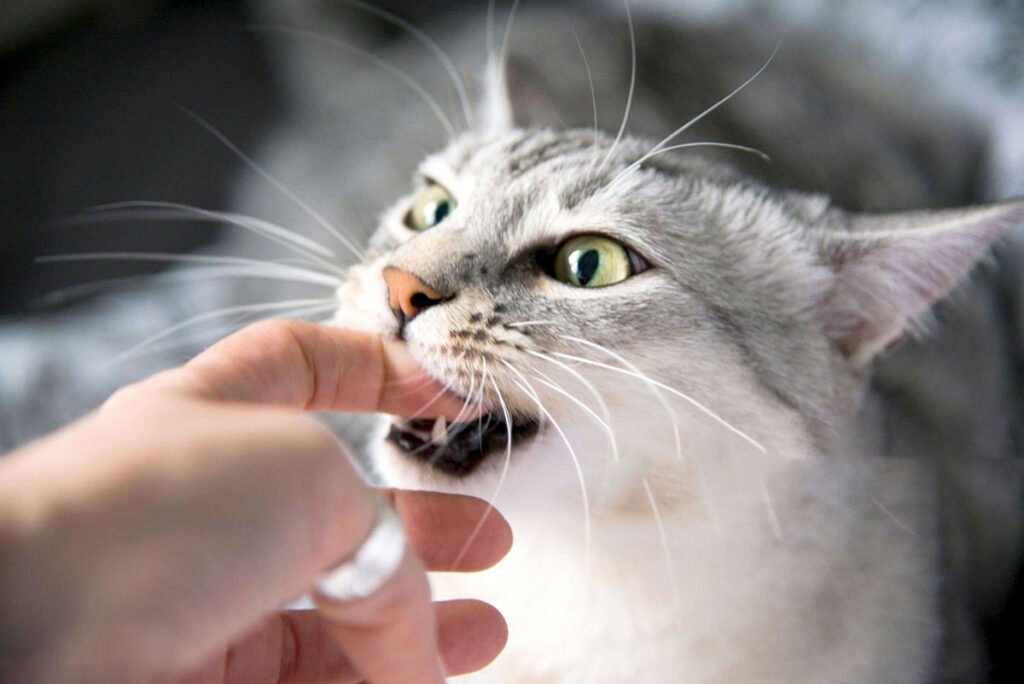
- Antibiotics: Most cat bites that result in infection will be treated with antibiotics, commonly amoxicillin or clavulanate.
- Abscess treatment: If the bite has caused an abscess, it may require drainage by a healthcare professional.
- Rabies vaccination: In cases where the cat is stray or behaving erratically, a rabies vaccine may be necessary.
As noted by a veterinarian, cat bites can escalate quickly, and the infection may spread through the body, causing serious conditions like sepsis if left untreated.
Cat Bite Treatment Guidelines: Vaccines, Antibiotics, and More
The standard cat bite treatment guidelines recommend that if a bite penetrates the skin and shows signs of infection, antibiotics are typically prescribed to halt the spread of bacteria. In some cases, especially with bites from stray or unvaccinated cats, a rabies vaccine may be necessary.
Hand and Finger Cat Bite Treatment: Special Care for Vulnerable Areas
Bites on the hands and fingers are particularly risky due to the concentration of tendons and joints in these areas. If infection sets in, it can lead to severe complications like tenosynovitis (infection of the tendons). For hand cat bite treatment or finger cat bite treatment, a thorough cleaning is required, followed by professional medical evaluation. Deep puncture wounds might require surgery to remove infected tissue or drain abscesses.
Stray Cat Bite Infection Symptoms: The Added Risk
A bite from a stray cat is even more dangerous than one from a known pet. Stray cat bite infection symptoms often appear faster due to the potential for additional diseases like rabies or bartonella (cat scratch fever). It’s critical to seek medical advice right away if bitten by a stray, and rabies shots may be recommended, depending on the cat’s behavior or local wildlife conditions.
Cat Bite Images and Pictures: Understanding the Severity
To better understand the potential severity of cat bites, it can be helpful to view cat bite images. These pictures often show the progression from a seemingly small puncture to a swollen, infected wound. Images also highlight how quickly these infections can spread, especially if left untreated. While not every bite will lead to a severe infection, it’s crucial to take them seriously from the start.
Preventing Cat Bites and Infections: Tips for Safe Interactions
While some bites are unavoidable, there are steps you can take to minimize the risk. Avoid roughhousing with cats, particularly with stray cats, and always be cautious when dealing with unfamiliar felines. Understanding a cat’s body language and recognizing signs of stress or aggression can prevent unnecessary bites. Additionally, if you own a cat, regular veterinary care and vaccinations can ensure that if a bite does occur, the risk of severe infection is minimized.
Frequently Asked Questions
Signs of infection include redness, swelling, pain, warmth around the bite, pus or discharge, fever, and swollen lymph nodes.
Treatment typically involves cleaning the wound, applying antiseptics, and seeking medical attention for antibiotics. Severe infections may require drainage or surgical intervention.
If you notice redness, swelling, pain, fever, or swollen lymph nodes within 12-24 hours of the bite, or if the cat was stray or unvaccinated, seek medical attention immediately.
Untreated infections can lead to abscesses, cellulitis, sepsis, or even more severe complications like bone infections (osteomyelitis) or tenosynovitis in the hands.
Yes, if the infection is severe, if there is fever, if the bite occurred on the hand or face, or if there’s a risk of rabies, you should go to the ER.
No, most cat bite infections require medical treatment with antibiotics. Infections left untreated can worsen and lead to serious complications.
Applying Neosporin can help prevent infection initially, but if signs of infection appear, you should see a doctor rather than relying solely on over-the-counter treatments.
Approximately 50-80% of cat bites become infected, making it crucial to monitor and treat bites properly.
Mild infections can be treated at home with cleaning and antiseptics, but severe infections or bites that worsen require antibiotics or medical intervention.
- Cute Kitten Wallpapers
- Funny Cat Wallpapers
- Beautiful Cats Wallpapers
- White Cat Wallpapers
- Angry Cat Wallpapers

